Sami Miró Is Ready for the New York Runway
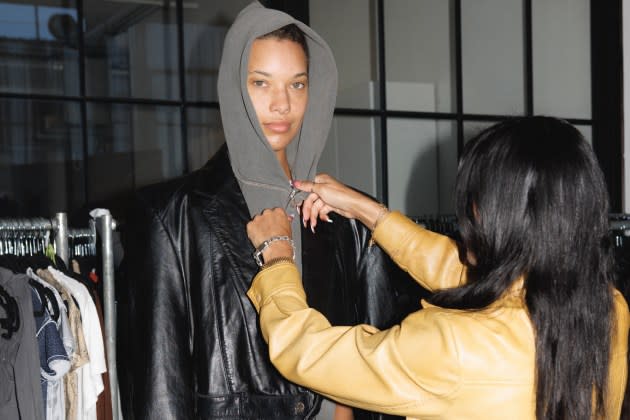
As a designer, Sami Miró has been embraced by Hollywood style setters Selena Gomez, Bella Hadid, Kendall Jenner and Cardi B. As a social media influencer, she has been in the front row on the runway show circuit, and posted paid ads of herself promoting Louis Vuitton, Coach, Burberry, Dior, Mytheresa, Farfetch and many more.
But now the Los Angeles-based founder of upcycled clothing brand Sami Miro Vintage is taking the spotlight as a CFDA Vogue Fashion Fund Finalist, showing her first runway collection at New York Fashion Week on Saturday in Chelsea.
More from WWD
Zegna's Alessandro Sartori and The Elder Statesman's Greg Chait Bring The Oasi of Cashmere to L.A.
Ilia Beauty Partners With Art Gallery Tappan Collective While Unveiling New Eye Launch
“I’m taking this opportunity to do something elevated in the world of fashion more than leaning on the L.A. side of things,” Miró said when asked if anyone in her famous fan club would be walking for her.
At her studio in downtown L.A.’s Arts District, Miró is in runway show prep mode, with racks of deconstructed and reconstructed clothes in process, her dog Sunnie at her feet and an Erewhon shopping bag full of seaweed snacks to carry her through.
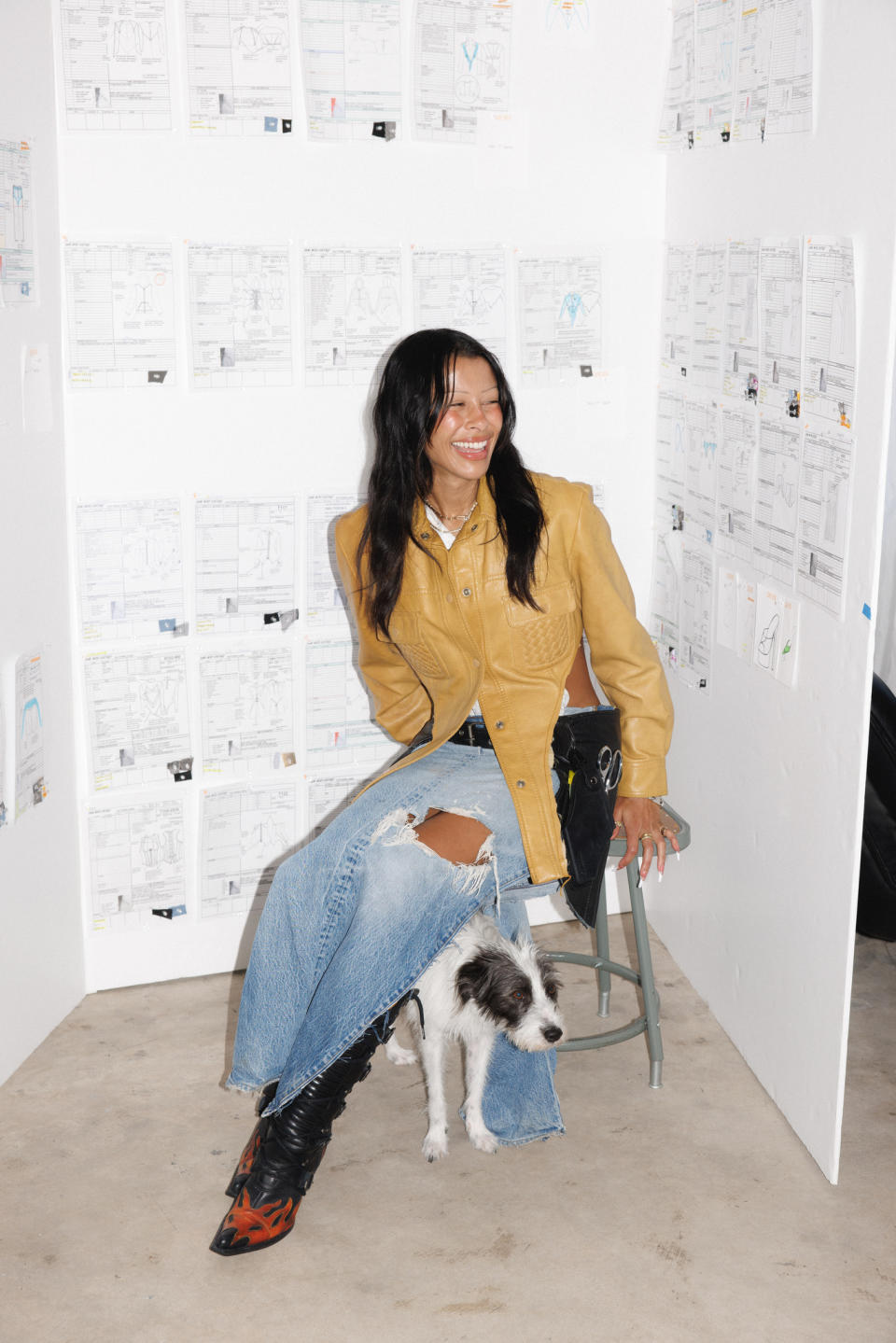
She’s dressed for work in a utility belt she made from vintage black leather chaps, with the tools of her trade, ProShear and Gingher scissors and oversize safety pins, tucked inside. She’s also wearing a vintage chamois-colored leather button down shirt in her signature V-cut, a maxiskirt made from a pair of vintage jeans, and a pair of flame-covered vintage New Rock boots.
She looks damn cool.
“This collection is very me in the sense that it’s all about zero waste and reverse engineering. And that’s my favorite way to design. I look at a garment and think, ‘This is supposed to go here traditionally, but where else can I put it because it’s so beautiful and it needs to have a bigger life than it does?'” she said, pinning a sash cut from the bottom half of a blazer to a silvery suit made from the pattern of a reworked vintage tuxedo she wore to the amfAR gala in 2022.
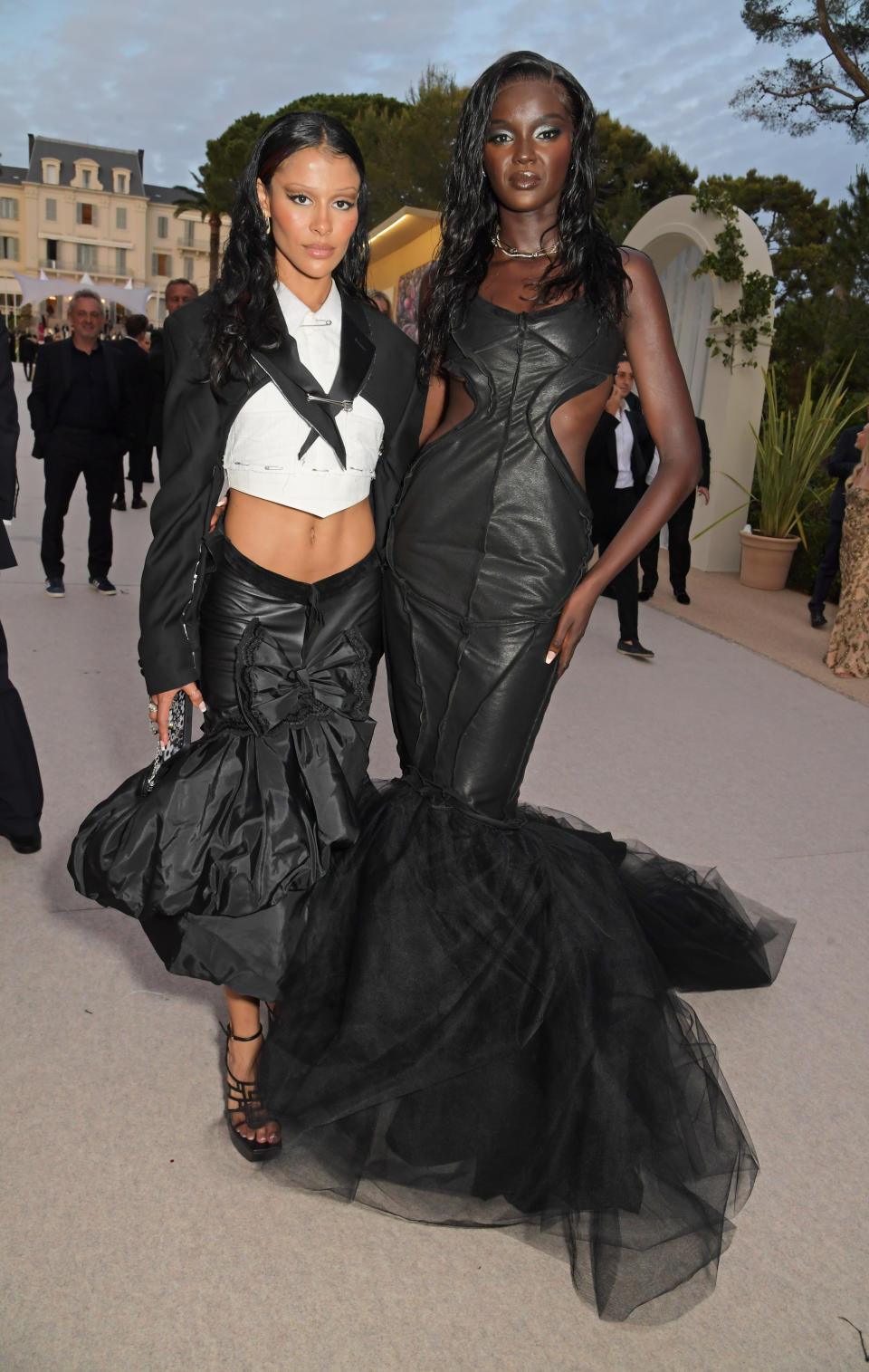
“Zero Waste” is the name of the spring 2024 collection, which uses existing denim and leather garments that are damaged, vintage or deadstock, along with sustainable or upcycled fabrics on cut-and-sew pieces, like the Tencel cutout waist hoodie dress she previewed for WWD with an asymmetric black trenchcoat constructed from leather pants.
“I see the beauty of scraps. I will literally make one incision and see how it falls. Or I will cut a piece off and look at the way the lining is popping out. If you flip a jacket inside out there are so many details I like to show on the exterior,” said Miró, who has collaborated with Nike, Levi’s and Heron Preston on capsules since launching her brand in 2016.
Through direct-to-consumer and wholesale with Revolve and Fwrd, Selfridges, Kith, LuisaViaRoma and Space Mue, Sami Miro Vintage has had four-times revenue growth since 2020, and expects a double-digit increase in 2024, said chief executive officer Janeen Aughenbaugh, noting, “It makes me incredibly proud that this growth is driven by conscious leadership strategies and business practices.”
Self-taught, Miró spends a lot of time on the floor, scissors in hand with scraps around her like puzzle pieces, and has been clever about documenting her process on social media, where she has 515,000 followers on her personal Instagram, and 147,000 on her brand account.
But don’t call her an influencer any more.
“A goal of mine last year was to show my real life more, because this is where I’m spending 99 percent of my time, in the studio working…I think we’ve been able to do that, so I feel like my title has shifted since then.”
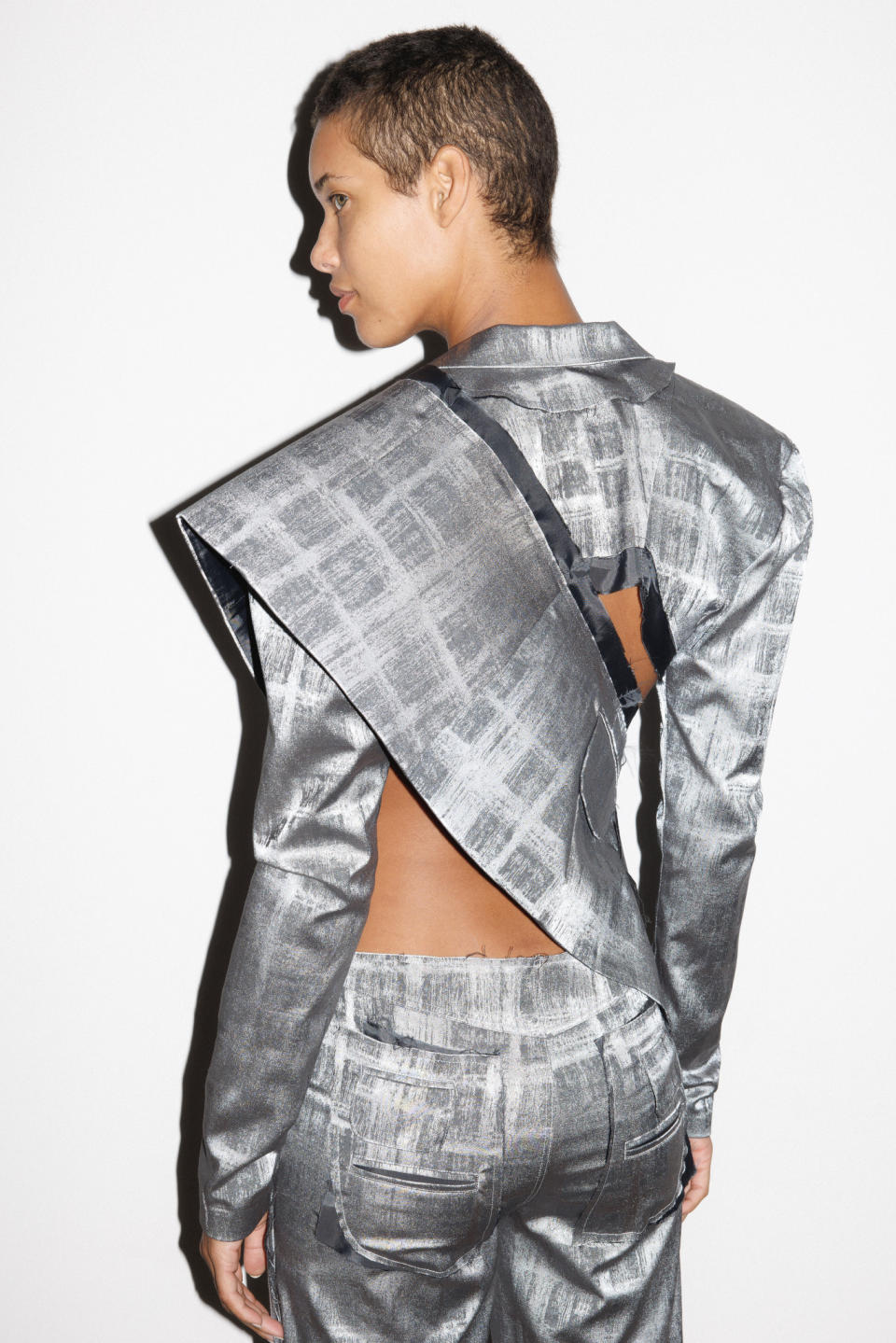
With its emphasis on denim and workwear, open seams, patchworking and layered constructions, Miró’s work is reminiscent of Glenn Martens at Diesel and Y Project, but with more of a sexy, safety-pinned, DIY flavor. Sami Miro Vintage has the added mission of sustainability, putting her in the same conversation as fashion darlings like Bode, Collina Strada and Marine Serre.
Nearly 100 percent of her supply chain is within a 30-mile radius of her office, and she’s been able to scale her sustainable business, which offers multiple price points and accessible items including denim and jersey pieces with her signature open seams and V-cuts.
“We have two types of customers, the one who cares about the planet and the one who has no idea we’re being eco-conscious. So education is the most important thing,” she said, adding that the brand has launched the platform Green Story on its website to provide data about its progress toward carbon neutrality.
On the runway on Saturday, she will tease a capsule collection with Fwrd and Revolve using excess stock from their private label brands. Miró first worked with Revolve Group as an influencer.
“Over the years, both our Gen Z and Millennial customers continue to gravitate toward Sami Miro Vintage as they look for elevated, luxury staples with sustainability in mind. We cannot wait for our customers to be able to shop this exclusive capsule, including one look that will be featured during her runway show,” said Fwrd chief brand officer Raissa Gerona.
As the largest clothing manufacturing hub in the country, L.A. has long had warehouses full of vintage and dead stock, inspiring enterprising creatives to build reworked vintage brands like Great Wall of China, Atelier and Repairs, ReDone and Reformation, to name just a few from the past few decades.
But Miró grew up in the Bay Area, and came to her love of vintage through thrifting.
“I don’t feel alive unless I’m wearing vintage, whether it’s manipulated by me or not. Because vintage was such an important part of my identity as a young girl. And it really did give me confidence for the first time in my life. Even though back then it was very much looked down upon if you were wearing something with holes or some discoloration, for me, it made me feel different. I knew everybody else was wearing Juicy [Couture] new with the tags, right. And I was wearing a one of a kind piece that gave me confidence.” (Her first thrifted purchase was a sun-damaged Lacoste polo.)
She started reworking her dad and brother’s hand-me-downs at age 10, developing her tomboy style. “That was the first time I started thinking about clipping, pinning, cutting, and moving things around,” she said.
But Miró, who earned a master’s degree in global entrepreneurship and management at the University of San Francisco, never thought about fashion as a career.
Until, that is, her job at a tech start-up shifted to remote work, she moved to L.A., and began meeting people in creative fields who liked her clothes and encouraged her to become a stylist. Miró started hanging around photo shoots on weekends and realized she could do some styling, some modeling and maybe even some designing. She took the leap and quit her corporate job.
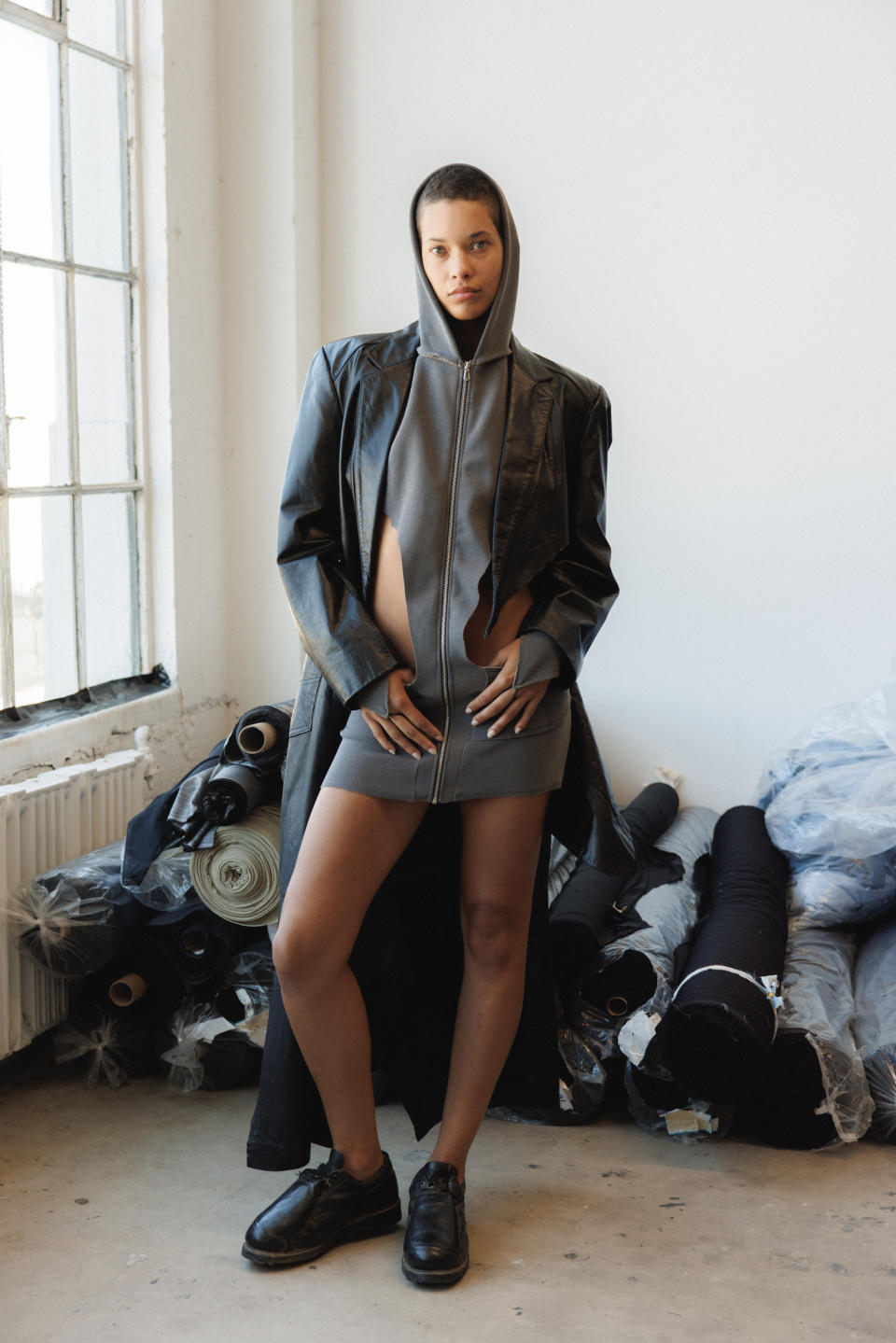
“Sustainability and caring about the planet is how I was raised in San Francisco. And then the impact that vintage had made on my life was so important, I was like, I’m gonna design but it’s gotta be with vintage. And in 2016 that wasn’t a thing,” she remembered. Nevertheless, she came up with her first design idea, figured out manufacturing and sourcing, built her website and shot a campaign in 10 days.
With a $500 investment, she launched her first piece, a bomber jacket made from patch worked vintage Levi’s, soon followed by patchwork bodysuits that became her canvas, and gained the attention of Selena Gomez’s assistant.
“She asked me to help design the Asian leg of Selena’s 2016 ‘Revival’ tour with 48 hours’ notice,” Miró said, adding that Gomez wore a python embossed patch body suit and her backup dancers wore denim patched ones. “It was a stamp of approval I needed because I had no idea what I was doing.”
After the tour, Miró decided to pause her cut-and-sew styles and focus only on reworked vintage. “I didn’t want to move too quickly and spend a bunch of money until I knew that I had a viable business and could build the brand. I knew that having one-of-ones would not result in a bunch of money, but would allow me to build the hype.…Stylists were flooding in because there weren’t many brands that they knew that it would be a one-of-a-kind piece,” she said of how she started dressing Bella Hadid, Kendall Jenner, the Kardashians and others.
The strategy worked.
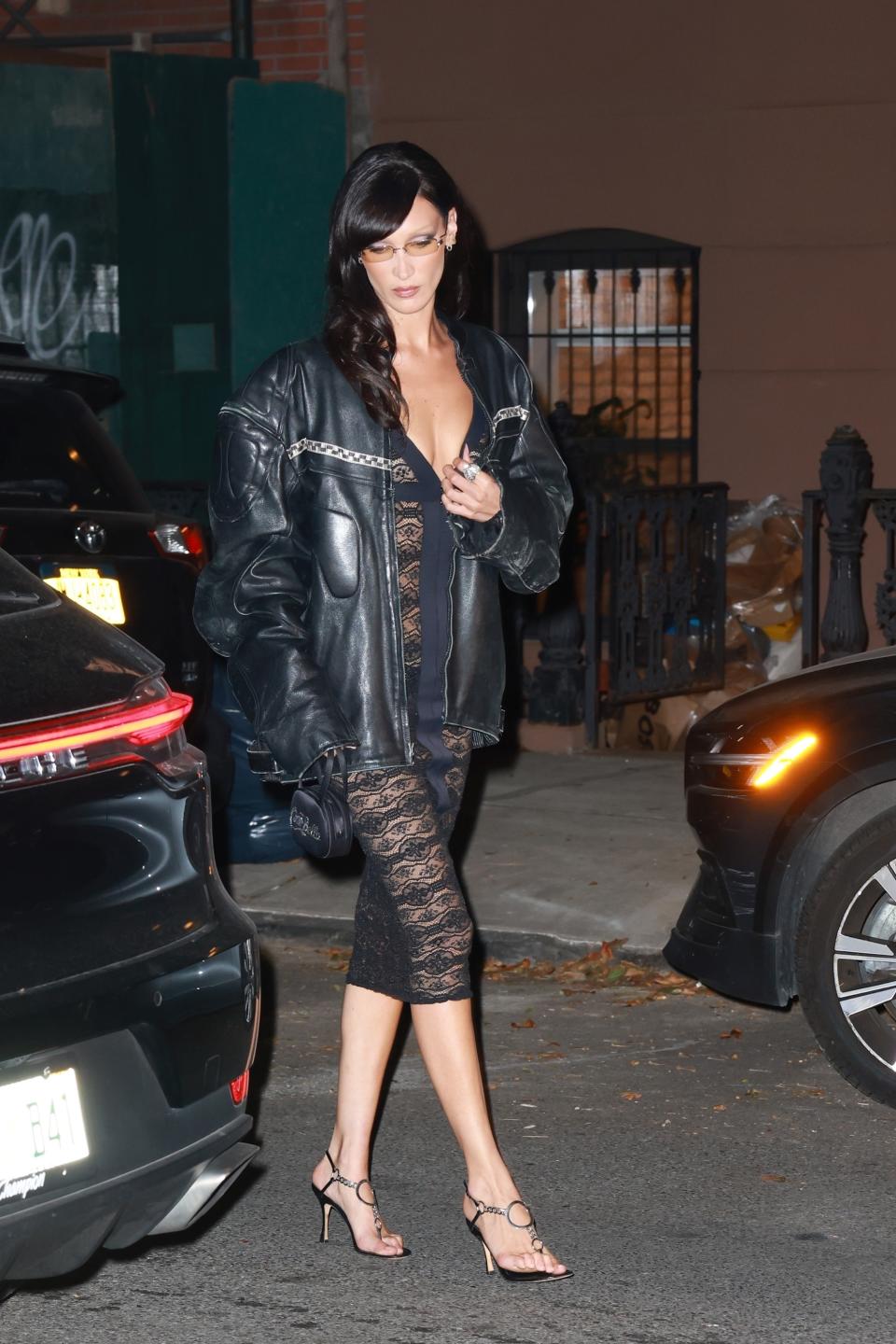
“I wanted to be a one-woman show and do it all myself so that when I was ready, which was 2020, to do it for real, then I knew how to do it.”
The sales team from Milan’s Lomme showroom reached out to represent Sami Miro Vintage, and she started working on her first collection, launched in 2020. Her first wholesale accounts were VFiles and Kith.
Now she has four product categories: one-of-one vintage; scalable styles like her Porterhouse jeans and reworked fisherman sweaters made from vintage sourced in bulk; limited-edition collections of suiting, shirting and holiday dresses made from deadstock fabrics, and “Elevated Staples” like safety pin sweats and cropped tops house-manufactured from fabrications like eucalyptus rib and terry. Prices range from $100 for a tank top to $3,000 or more for suiting and leather.
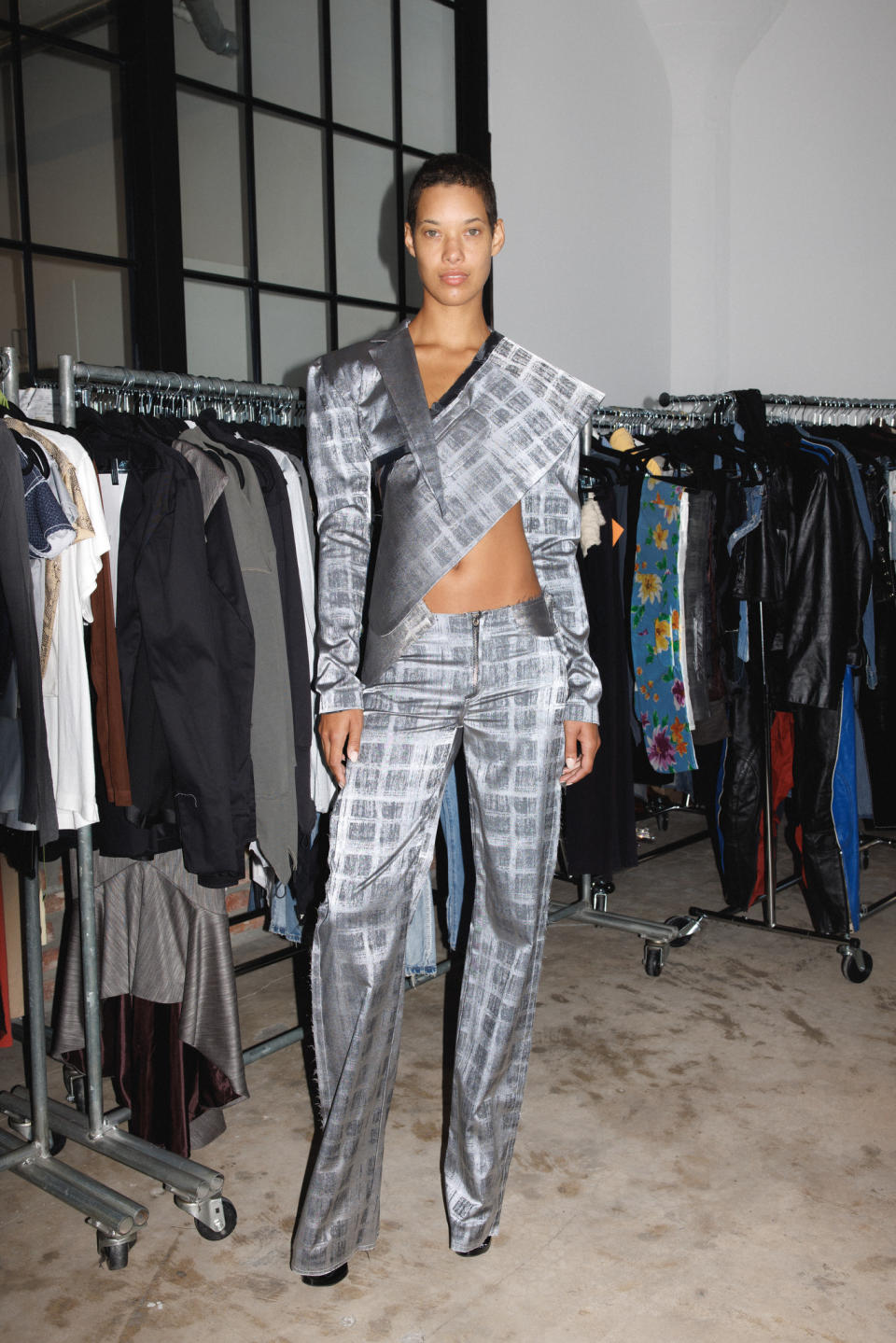
The denim patch mesh bodysuit from the Selena days is still one of her bestsellers.
“We’re still cutting in for our website and for wholesale. It’s one of our everyday wearable pieces with our signature Sami Miro Vintage twist.”
She wants guests at the runway show to walk away learning something about her brand and zero waste, “which you will,” Miró said, hinting at a storytelling device. “What is exciting for me is to be at the frontier of what’s next. I hope to encourage people to go for their dreams, and no matter what industry you are in, to ask, ‘How can you switch it up and have an ethical foundation?'”
Best of WWD
